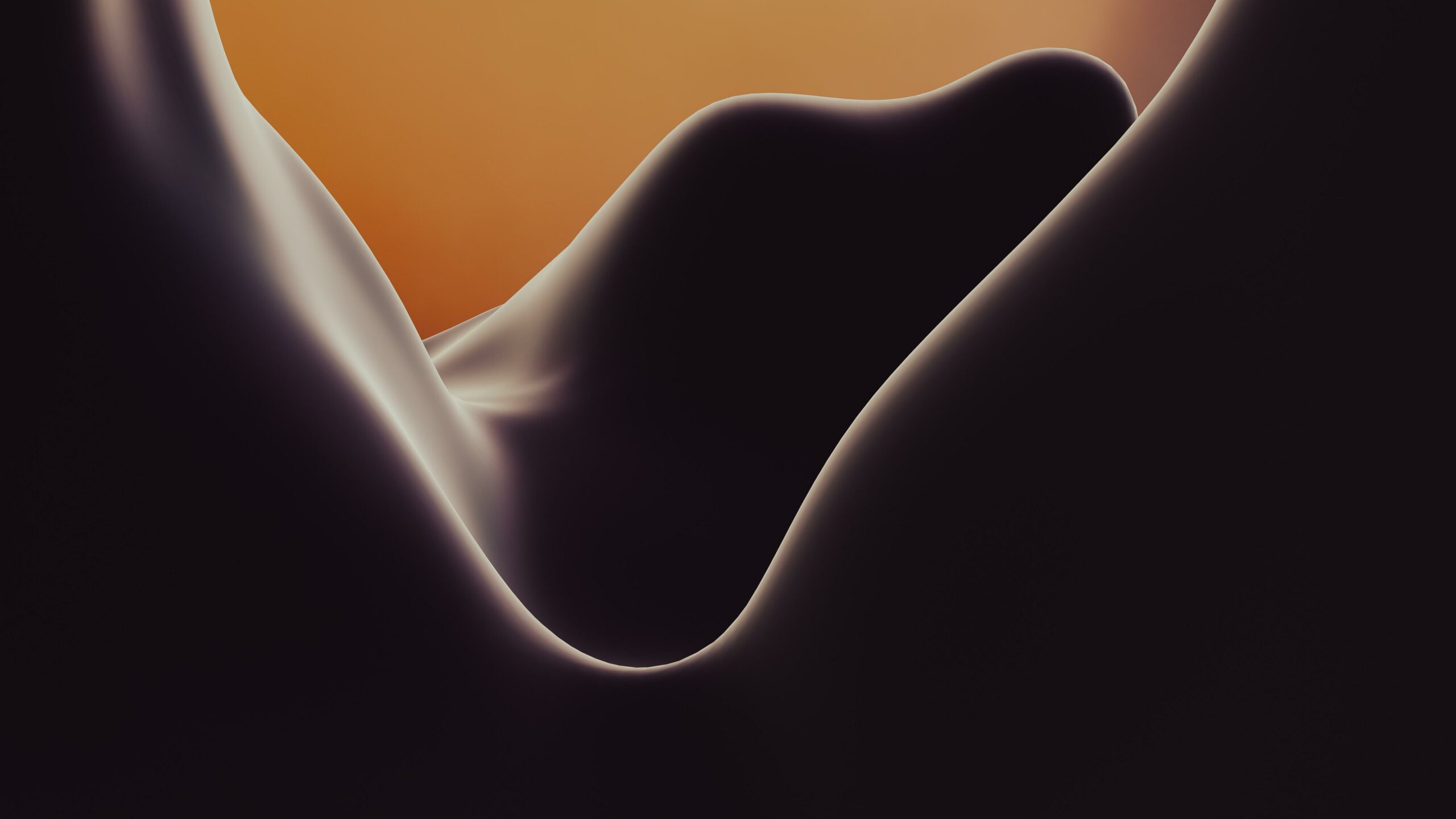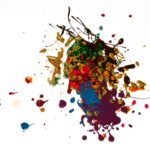Prepare to embark on a captivating journey through the realms of ancient Chinese acupuncture, as we delve into the intriguing origins of this time-honored practice. In this article, we will unveil a treasure trove of fascinating facts about ancient Chinese acupuncture that will leave you astounded. From its rich cultural significance to its profound impact on modern healthcare, join me as we unravel the mysteries and unveil the hidden gems of this ancient healing art.

Ancient Chinese Acupuncture Facts
Acupuncture, an ancient Chinese medical technique, has a rich history that spans over thousands of years. Let’s explore some fascinating facts about this traditional practice and its origins.
1. Ancient Origins
Ancient Chinese acupuncture has its roots deep in history, with its development believed to have begun before 2500 BCE. This technique has withstood the test of time and is now practiced worldwide. The first recorded use of acupuncture for treating disease dates back to 1500 BC during the Shang Dynasty.
“Ancient Chinese acupuncture has a long-standing history, with its origins dating back thousands of years.”
2. Integration into Chinese Medicine
Acupuncture is an integral part of China’s traditional healthcare system. It is based on the principle that a “life force” called qi circulates within the body through meridians, or energy pathways. By stimulating specific points along these meridians, acupuncture aims to restore balance and promote overall health.
“Acupuncture holds a significant place in Chinese medicine, as it aims to restore balance and enhance well-being.”
3. Development During the Ming Dynasty
During the Ming Dynasty (1368-1644), acupuncture made significant strides in its development. This period saw the publication of “The Great Compendium of Acupuncture and Moxibustion,” which laid the foundation for modern acupuncture techniques. The Ming Dynasty played a crucial role in consolidating acupuncture as a respected medical practice.
“The Ming Dynasty was a significant period in the development of acupuncture, documenting its techniques and solidifying its place in Chinese medicine.”
4. Techniques and Procedures
Traditional Chinese acupuncture involves the insertion of small metal needles into specific points on the body. These needles are inserted into the skin and underlying tissues at precise locations. Additionally, moxibustion (the burning of dried plant materials on or near the skin) and cupping therapy may accompany acupuncture. Practitioners often assess the pulse and examine the tongue to gain further insights into a patient’s condition.
“Acupuncture employs various techniques, including needle insertion, moxibustion, and cupping therapy, to promote health and well-being.”
5. Debate on the Exact Origin
While acupuncture’s origins are rooted in ancient China, the exact date is a subject of debate among historians. The practice predates recorded history, making it challenging to pinpoint an exact timeline. However, what remains undeniable is its enduring presence and efficacy in addressing diverse health concerns.
“While the exact origin of acupuncture remains a matter of debate, its effectiveness and longevity cannot be denied.”
With these intriguing facts about ancient Chinese acupuncture, we gain a deeper understanding of its historical significance, incorporation into traditional Chinese medicine, and diverse techniques employed in promoting health and well-being.
[Table]
Here is a summary of significant facts about ancient Chinese acupuncture:
| Fact |
|---|
| Ancient Chinese acupuncture originated before 2500 BCE. |
| The Ming Dynasty played a vital role in its development. |
| Acupuncture is based on the belief in the life force called qi. |
| Traditional acupuncture involves needle insertion, moxibustion, and cupping therapy. |
| The exact date of acupuncture’s origin is debated among historians. |
Remember, ancient Chinese acupuncture is an art that continues to captivate us today. Through this ancient practice, we not only witness the wisdom of our ancestors but also explore the profound connections between ancient beliefs and modern healthcare practices.
Acupuncture has been a significant part of ancient Chinese medicine, offering numerous benefits and insights into the holistic approach to healthcare. If you’re curious about the fascinating history and facts about acupuncture in ancient China, you’re in for a treat. Discover the rich traditions, techniques, and philosophies that have been passed down through generations. Explore the captivating world of ancient Chinese acupuncture, and uncover the secrets that have stood the test of time.
To delve deeper into the intriguing realm of acupuncture in ancient China, click here: Facts About Acupuncture In Ancient China. Prepare to be amazed by the wisdom and knowledge that have shaped this ancient practice. Keep an open mind and embark on a journey that promises to leave you enlightened and inspired.
As you continue your reading journey, don’t miss out on these other enthralling topics:
- The Art of Tai Chi: Relaxation and Martial Arts Combined
- Unveiling the Wonders of Traditional Chinese Medicine
- The Symbols and Meanings of Traditional Chinese Calligraphy
Remember, knowledge holds the power to transform, and by exploring these engaging subjects, you’re taking a step toward expanding your horizons. Click the links, venture into the unknown, and uncover the treasures that lie within the ancient traditions of China.
FAQ
What is acupuncture?
Acupuncture is an ancient Chinese medical technique used to alleviate pain, cure diseases, and improve overall health. It involves inserting small metal needles into specific points on the body to stimulate the flow of energy, known as qi, along meridians.
When was acupuncture developed?
Acupuncture was devised in China before 2500 BCE and has been widely practiced ever since. The first recorded use of acupuncture to treat diseases dates back to 1500 BC during the Shang Dynasty.
How does acupuncture work?
Acupuncture is based on the belief that qi, a life force, circulates within the body through meridians. By inserting needles into specific acupuncture points, the flow of qi can be regulated, restoring balance and promoting healing in the body.
What techniques are used in traditional acupuncture?
Traditional acupuncture involves needle insertion, moxibustion (the burning of mugwort herb on or near the skin), and cupping therapy. In addition, practitioners may feel the pulse and examine the tongue to gather further diagnostic information.
What is the cultural significance of acupuncture in ancient Chinese civilization?
Acupuncture is deeply rooted in China’s traditional healthcare system and is considered one of the oldest practices in traditional Chinese medicine. It holds great cultural significance, embodying the holistic approach to health and the harmony between mind, body, and spirit in Chinese philosophy.
“`json
“`
- SYBAU See You Baby Meaning: Gen Z Slang Evolves - July 1, 2025
- Unlock Your Inner Youth: Lifestyle Secrets for a Vibrant Life - July 1, 2025
- Decode SYBAU Meaning: Gen Z Slang Explained - July 1, 2025






